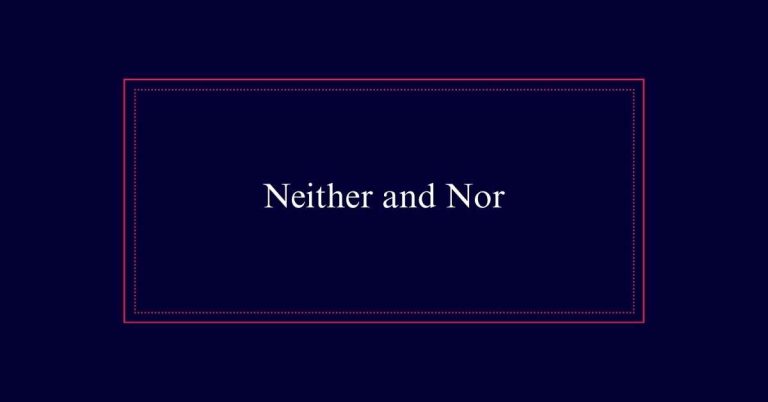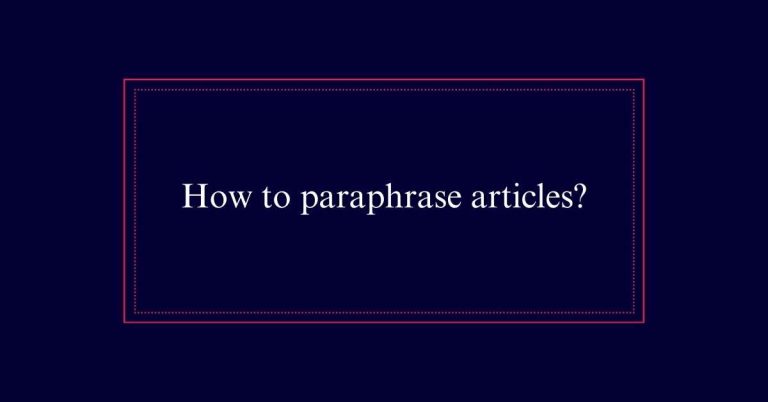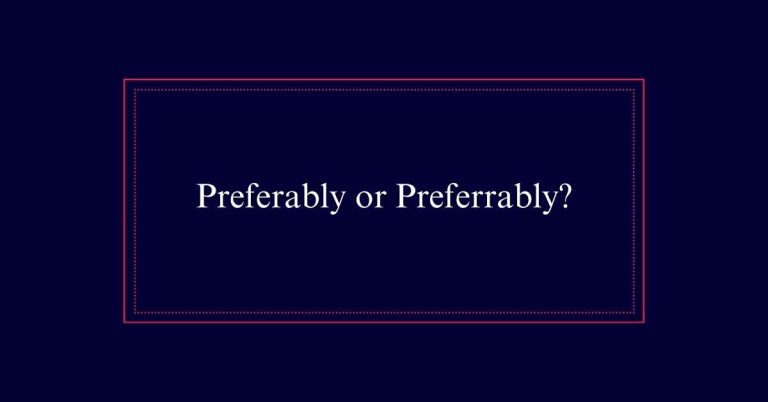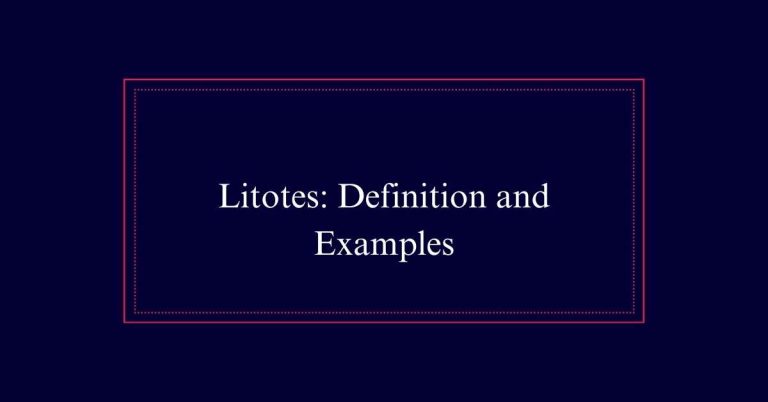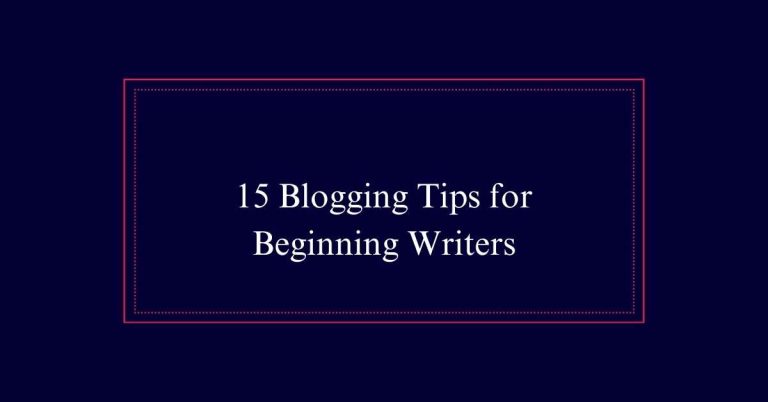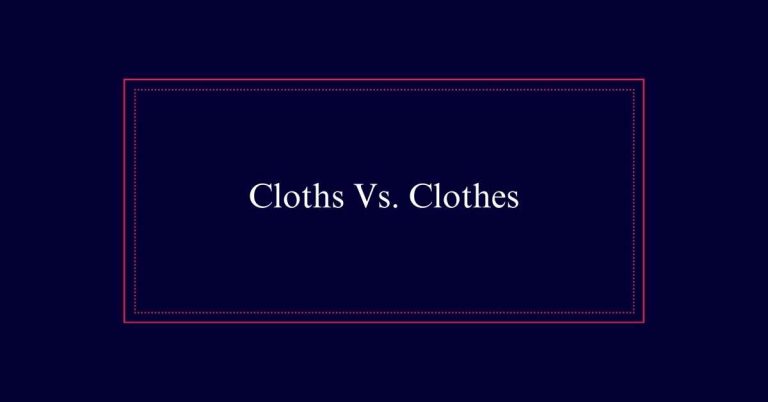Juxtaposition Definition and Examples
Juxtaposition is a literary device where contrasting elements are placed close together to highlight their differences and enhance meaning. It is widely used in literature, poetry, speeches, and visual art.
By contrasting characters, themes, or settings, juxtaposition enriches narratives and reveals hidden truths. It can also develop characters by emphasizing unique traits through their differences. Additionally, juxtaposition is key in persuasive arguments, clarifying viewpoints and illustrating consequences.
Definition of Juxtaposition
Juxtaposition is a literary device that places two or more contrasting elements close together to highlight their differences and enhance the meaning. It is not limited to placing opposite concepts side by side. Juxtaposition can develop characters, explore links between unrelated things, and support persuasive arguments.
The contrast may not always be intentional but can still impact the narrative’s depth. Juxtaposition shows differences or similarities between concepts or objects, strengthening arguments and evoking emotional responses. It is used in literature, poetry, speeches, visual art, and symbols.
Juxtaposition in Literature
In literature, placing contrasting characters, themes, or settings close together can highlight their differences and enrich the narrative. Juxtaposition is a powerful tool that authors use to add depth and meaning to their stories. It can create emotional tension, reveal hidden truths, and emphasize critical themes.
- Conflict: Juxtaposing a hero against a villain can intensify the struggle between good and evil.
- Irony: Placing a cheerful setting next to a tragic event can heighten the sense of irony.
- Reflection: Contrasting a character’s past with their present can evoke empathy and understanding.
Character Development
Character development often benefits from the strategic use of contrast to reveal deeper layers of a character’s personality. Juxtaposing two characters with opposing traits can highlight their unique qualities. For example, a courageous hero may be set against a timid companion. This contrast can make the hero’s bravery more apparent.
Similarly, juxtaposing a character’s actions in different situations can show growth or conflict. A character who is kind in one scene but ruthless in another reveals complexity. Such contrasts make characters more relatable and realistic. They allow readers to understand motivations and transformations.
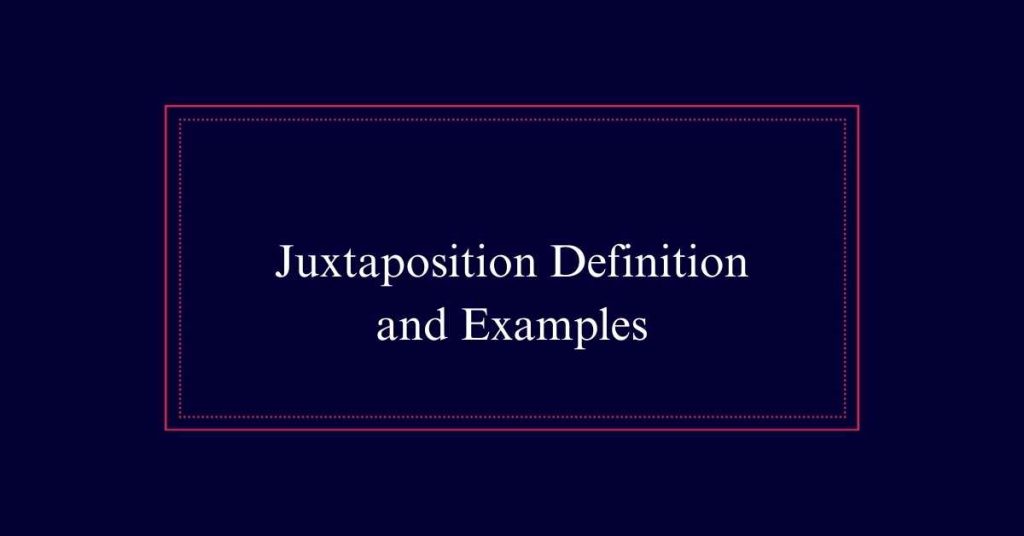
Linking Unrelated Themes
Contrasting characters not only enrich narratives but also serve to link seemingly unrelated themes, revealing deeper connections within the story. Juxtaposition allows writers to explore complex ideas by placing them side by side, highlighting their differences and similarities. This technique can evoke powerful emotions in readers, helping them see the interconnectedness of various themes.
For example, juxtaposition can:
- Illuminate hidden truths: By contrasting innocence with corruption, deeper societal issues can be revealed.
- Evoke empathy: Showing wealth alongside poverty can highlight disparities and evoke a sense of injustice.
- Spark reflection: Placing tradition against innovation can encourage readers to think about change and progress.
Persuasive Arguments
Juxtaposition strengthens persuasive arguments by highlighting the stark differences between opposing viewpoints. This contrast makes each position clearer and more defined.
For example, in a debate on environmental policies, juxtaposing images of pristine nature with polluted landscapes can powerfully convey the impact of human actions. By placing these contrasting images side by side, the argument for conservation becomes more compelling.
Juxtaposition also helps in illustrating the benefits of one option over another. It allows the audience to see the consequences of different choices directly. This technique not only clarifies the argument but also evokes emotional responses, making the message more memorable.
Literary Techniques
In literature, various techniques enhance the depth and meaning of a narrative. Juxtaposition is one such powerful technique. It places contrasting elements side by side to highlight differences or similarities, thereby deepening the reader’s understanding.
Writers use this device in multiple forms:
- Antithesis: Contrasting ideas within a balanced structure.
- Oxymorons: Combining contradictory terms for effect.
- Character foils: Characters who contrast with the protagonist.
Creating Emotional Impact
While literary techniques like antithesis and character foils add depth, they also serve to evoke strong emotional responses from the audience. Juxtaposition amplifies emotions by contrasting light and dark, joy and sorrow, or peace and chaos. This contrast highlights the extremes, making moments more poignant.
For instance, placing a scene of laughter next to one of tragedy intensifies the sadness. In literature, this can create empathy, tension, or surprise. Visual art uses color contrasts to evoke feelings of warmth or coldness. Juxtaposition in speeches can stir passion or provoke thought.
Crafting Juxtapositions
Crafting effective juxtapositions begins with identifying the key themes or ideas you wish to highlight. Once you have pinpointed these, explore contrasting elements that can bring out the depth and complexity of your themes.
Consider the emotional responses you want to evoke:
- Surprise: Use unexpected pairings to capture attention.
- Tension: Highlight conflicts between characters or ideas.
- Reflection: Encourage the audience to think deeper about the themes.
Focus on simplicity. Choose clear and distinct contrasts that serve your purpose.
For instance, juxtaposing light and darkness can immediately signify hope and despair. Make sure each juxtaposition aligns with your overall message.
Classic Novel Examples
Classic novels provide rich examples of juxtaposition, showcasing its ability to enhance storytelling and develop complex characters. In ‘Anna Karenina’ by Leo Tolstoy, the contrasting lives of Anna and Levin highlight different approaches to love and society.
Mary Shelley’s ‘Frankenstein’ juxtaposes the monster’s humanity with Victor’s inhumanity, emphasizing themes of creation and responsibility.
Mark Twain’s ‘The Prince and the Pauper’ uses the stark differences between the lives of a prince and a pauper to critique social inequality and class structure. These contrasts not only deepen the reader’s understanding of the characters but also bring forward broader social and philosophical questions.
Juxtaposition in Poetry
Juxtaposition in poetry often creates vivid contrasts that enhance emotional impact and thematic depth. By placing opposing images, themes, or ideas side by side, poets can draw attention to their differences and similarities. This technique adds layers of meaning and can evoke strong emotional responses.
- Hope and Despair: Contrasting images of hope and despair can highlight the fragile nature of human emotions.
- Nature and Industrialization: Juxtaposing natural beauty with industrial decay can underscore the environmental impact of modern life.
- Life and Death: Placing life and death in close proximity can explore the profound mysteries of existence.

